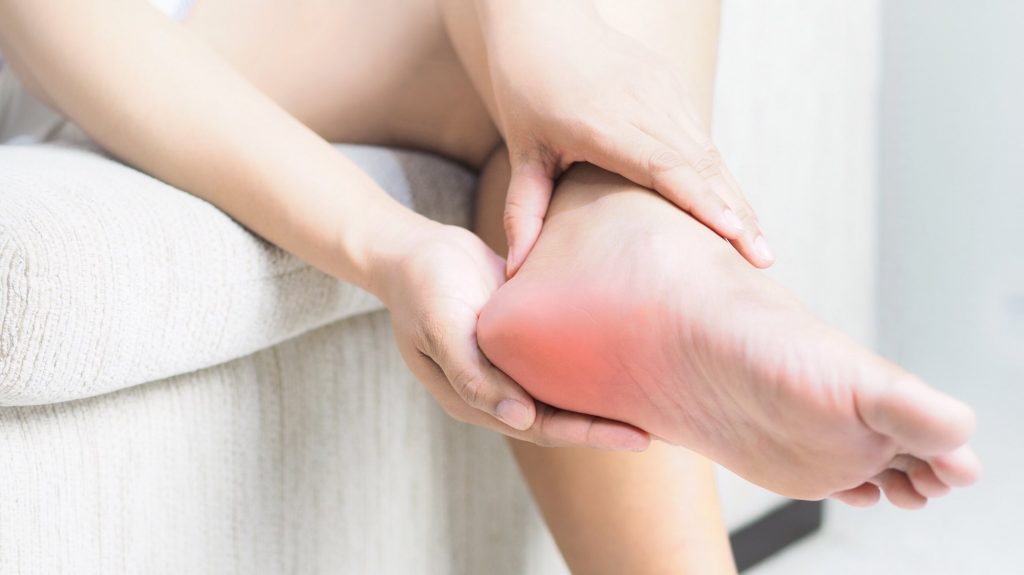One of the most common complications of diabetes is the damage done to the nerves caused by poor blood circulation. The condition is called peripheral artery disease, which narrows the blood vessels in the legs.

When this happens, the extremities, usually the feet, do not heal quickly and become prone to ulcers. With improved healthcare in recent years, there are fewer amputations among diabetic patients in Singapore, but some people are more likely to undergo one for several reasons.
Risks of Foot Amputation
Fortunately, some foot ulcers can be treated to avoid amputation. However, the ulcers might not heal if you have a high blood sugar level, nerve damage, high blood pressure, foot deformities, corns or calluses, and poor blood circulation. If you are also a smoker, you have a higher chance of getting foot ulcers than others because smoke can damage the nerves.

Wounds from injury can also lead to amputation because they might not heal within 2 weeks. That is why diabetics are advised to be careful because they might not be able to feel the pain in their feet right away.
Foot Care
Foot care therefore is important in preventing development of foot ulcers, along with maintaining an ideal blood sugar and blood pressure level. Make it a habit to wash your feet daily and to keep them dry and moisturized.
Avoid injuring your feet by wearing ill-fitting shoes and trimming nails properly. Never ever go barefoot even when you’re at home because you’ll most likely get injured. You should also inspect your foot for cracks, selling, sores, and blisters and to report changes to your doctor. Only a podiatrist should remove lesions, even calluses from your feet.

Foot Ulcers
Anyone with type 1 or type 2 diabetes is at risk for developing ulcers, and this increases with age as well. Even a mild injury to the foot can cause foot ulcer, sometimes without the person even feeling any pain because the nerves might be damaged.
Make sure that you look out for these warning signs daily: blisters, ingrown nails, plantar warts, fungal infection, redness, swelling, discolored skin, foul odor, and warmth in specific areas. Ulcers that do not heal for two weeks or are bigger than 2 centimeters should be checked by a doctor.

Treatment Options
Treatment depends on the size and severity of the ulcer, but the recovery depends on how your body can quickly heal the wound. The doctor will first clean the wound to make sure that there are no debris or dead tissue. You need to have it checked every week or once every four weeks depending on your doctor’s advice.
Amputation may be the only option if there is an infection or if the foot has lost a lot of tissue. The goal of amputation is to remove dead tissue as much as possible to help it heal. Depending on where the wound is located, the toes or feet may be amputated. Sometimes a major amputation below or above the knee is required.